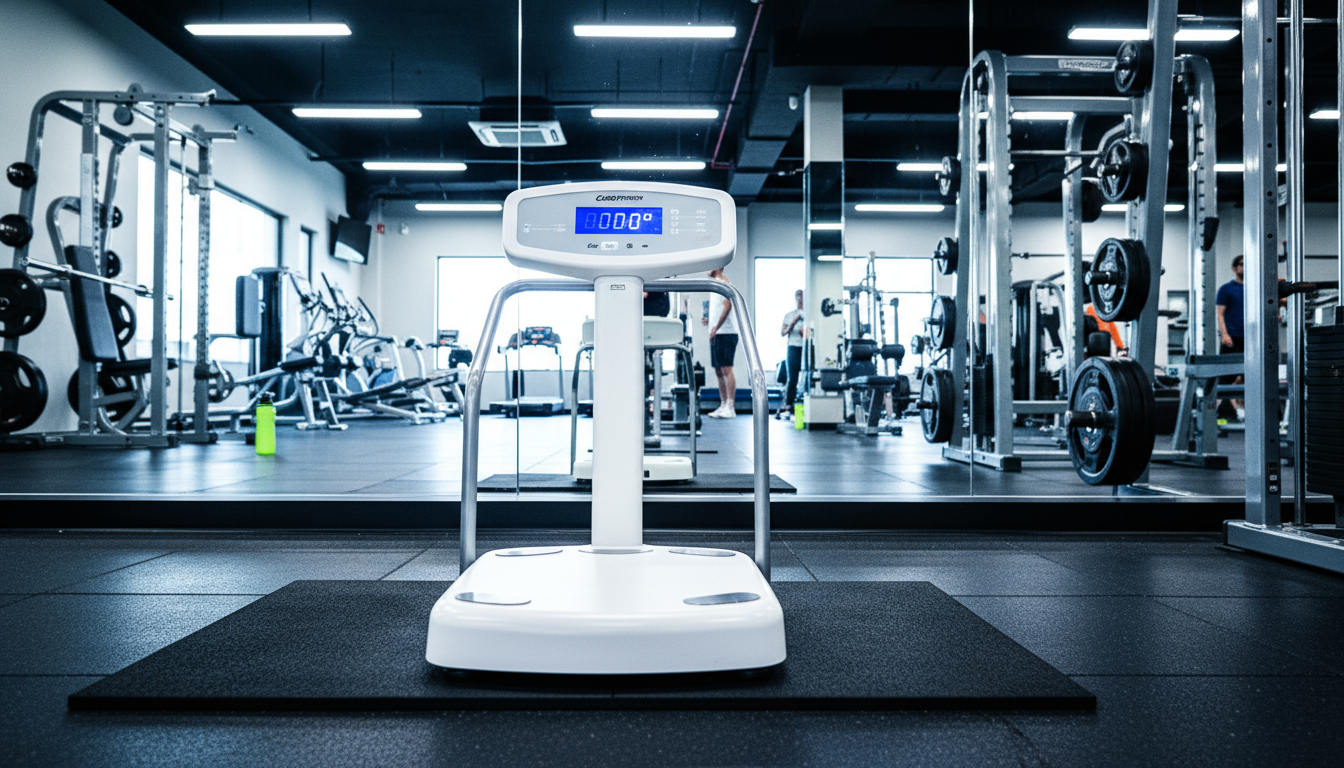
When menopause approaches, a woman's body begins to undergo profound physiological transformations. Decreased estrogen levels directly affect metabolism, body fat distribution, bone health and muscle mass. All of this influences not only aesthetically, but also the risk of chronic diseases.
What changes at the body level after menopause?
Why is it important to measure and not just “weigh yourself”?
The conventional scale does not distinguish whether the changes are due to muscle loss, fat gain, or a combination of both. And in postmenopause, this nuance is essential.
A woman can maintain the same weight for years and yet be losing functional muscle mass and gaining abdominal fat—leading to a greater cardiovascular and metabolic risk.
How can a DEXA scanner help?
DEXA (Dual X-ray Absorptiometry) technology allows:
How often is it useful to repeat the measurement?
And what changes for the patient?
Having clinically validated data empowers women at this vital stage. It allows you to adapt exercise, diet or treatment precisely, without being guided by subjective estimates or perceptions.
In addition, it helps to monitor the effectiveness of the changes implemented and to prevent long-term complications.
Menopause should not be addressed solely through symptom control. Understanding and monitoring how the body changes at this stage allows us to make better medical decisions and improve quality of life.
Today, the DEXA scanner is an accessible, validated and extremely useful tool for this purpose.

